【NATURE】China’s dark-matter satellite launches era of space science
'Monkey King' is first in a line of Chinese space missions focused on scientific discovery.
Elizabeth Gibney,
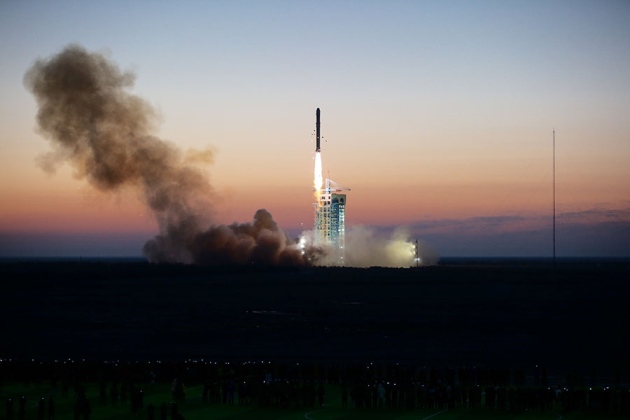
Jin Liwang/Xinhua/eyevine
Wukong lifted off from the Jiuquan Satellite Launch in the Gansu province of northwest China.
Against a purple morning sky, in a cloud of brown smoke, the Monkey King took off. China’s first space-based dark-matter detector — nicknamed Wukong (or Monkey King) after a
From Earth’s orbit, the craft aims to detect high-energy particles and γ-rays. Physicists believe that dark matter — a substance so far observed only through its gravitational effects but
But Wukong, more officially known as the Dark Matter Particle Explorer (DAMPE), is also notable for being the first in a series of five space-science missions to emerge from the Chinese Academy of Sciences’ Strategic Priority Program on Space Science, which kicked off in 2011.
Change of direction
China is already one of the world’s major space powers, but so far has focused on
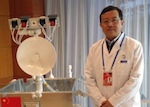
Head of China's space science reaches out
Following today’s lift-off from the Jiuquan Satellite Launch in the Gansu province of northwest China, a further two missions will blast off next year: the world’s first quantum-communications satellite and an X-ray telescope observing in a unique energy band. Together, these missions mark a new start for space science in China, says
Other countries have had Moon missions, adds Pan Jianwei, chief scientist for the quantum-science satellite. But with the space-science satellites, “we can do something new and something really great and not only for China — for the whole world".
The public gave DAMPE its nickname Wukong earlier this week, part of a recent outreach drive in China’s space programme; a similar open effort also produced the name Yutu, or Jade Rabbit, for the nation’s lunar rover, which
Wukong will use its large surface area to observe high volumes of cosmic rays, as well as where they come from. It will survey the sky at energies much higher than that of existing detectors such asthe Alpha Magnetic Spectrometer
Pulsar puzzle
The detector could help to clear up some mysteries. In 2013, the AMS announced it had seen
Although it will collect fewer incoming photons, DAMPE is better at pinpointing their energy than are existing γ-ray telescopes, such as NASA’s Fermi-LAT, says Miguel Sanchez-Conde, a physicist at the Oskar Klein Centre for Cosmoparticle Physics in Stockholm. This capability should allow DAMPE to see sharp spikes in radiation predicted by some dark-matter models.
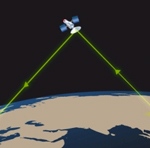
Quantum space race
Following hot on Wukong’s heels come two experiments that are no less ambitious. The quantum-science satellite, to launch in June, will be the world’s
The eventual goal is to create a global quantum-communications network, says Anton Zeilinger, a physicist at the University of Vienna in Austria who is collaborating with Pan on the quantum satellite. By pushing the limit of quantum entanglement, Pan says that the satellite will also help to solve fundamental mysteries about the Universe, such as how to unite quantum mechanics with
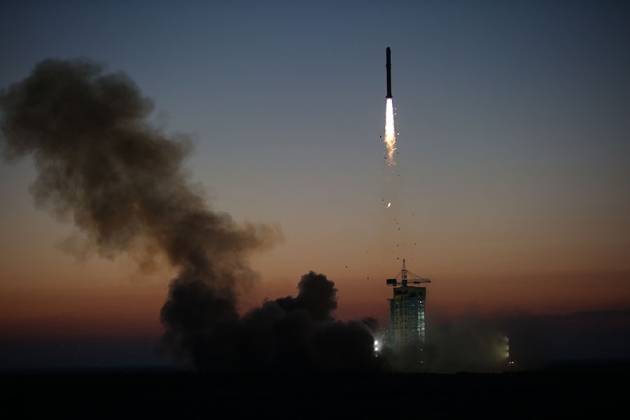
Jin Liwang/Xinhua/eyevine
The launch of the DAMPE satellite marks the start of a new direction in China's space strategy.
Black holes
In the second half of the year, China will launch the Hard X-ray Modulation Telescope (HXMT), looking for bright and brief sources of radiation, such as growing black holes. The HXMT will do a broad sweep of the sky, with a sensitivity at the top of its large energy range that exceeds existingwide-field telescopes, says Luigi Piro, an astronomer at Italy’s National Institute for Astrophysics in Rome.
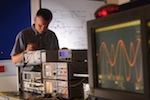
Quantum communications leap out of the lab
All three are cutting-edge missions, with the potential to make real discoveries, says Wu — but the NSSC director is still not satisfied. Space science in China is funded in five-yearly cycles — receiving around 3 billion yuan (US$460 million) in the current round. As a result, unlike in the United States and Europe, there is no permanent funding, which makes it tough to make long-term plans. “We don’t feel it is secure,” says Wu. “It is better than nothing. But we are still catching up.” He believes that until China makes discoveries in space science, “we are not a real space power”.
The current funding round runs out next year. Although Wu says that he believes the Chinese Academy of Sciences will continue to support the programme for another five years, that will only be confirmed next year. The funding will have to cover a further two missions — a satellite Shijian-10 to conduct microgravity and life-sciences experiments and a space weather satellite known as Kuafu.
International contributions
Piro notes that most of the present and future Chinese scientific satellites include contributions from scientists worldwide. Such collaborations “sharpen scientific goals, optimize resources and avoid overlap”, he says. Zeilinger attributes China's pioneering work in space-based quantum communications to fast decision-making processes “oriented towards getting things done”.

Dark matter mapped at cosmic scale
In the United States, Congress
China has limited experience in space science, notes Joan Johnson-Freese, an expert in China’s space programme at the US Naval War College in Newport, Rhode Island.
Chinese scientists would like to collaborate with the United States, says Wu, but the severed ties hurts the United States more than China. “It gave a good chance for the Europeans. The US should realize that.”
Nature


